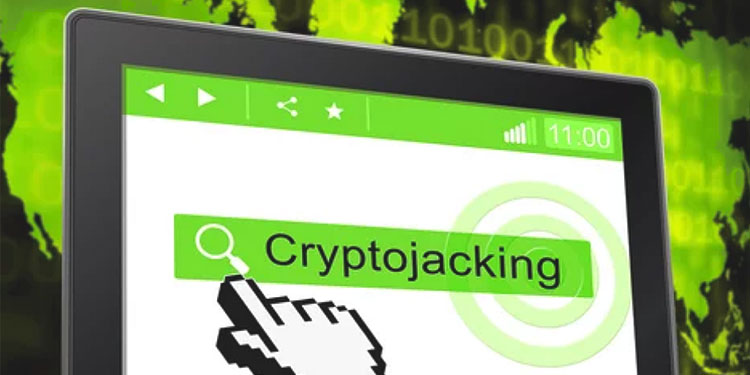You notice that your computer and your Internet are running significantly slower than usual. Sometimes, your machine also crashes. At night, while no download is active, you hear your router and your computer fans running overtime.
When you receive your electricity bill, you’re shocked to see that your charges are significantly higher than usual. You even examine your electricity meter and call your power company to check if someone made a mistake. Unfortunately, there was no mistake. Like some computer users, you are the victim of cryptojacking — which isn’t a computer virus, but a malicious crypto mining program that uses your hardware without your consent to mine a digital currency like bitcoin.
How does cryptomining work?
To understand how cryptomining works, let’s focus on bitcoin. In a nutshell, for miners to add new transactions to a blockchain, they must solve equations. The equations are so complex now that they require sophisticated computer hardware to compute quickly. And the first person to compute a blockchain’s equation gets a bitcoin reward.
So, how does malicious cryptomining work?
Running a powerful cryptomining farm is expensive. Not only do you need pricey computing rigs, but you must pay soaring electricity bills. Instead of doing things above board, some cybercriminals deploy cryptojacking software to use your computer resources without your consent. More malicious versions of cryptojacking malware can also steal money from digital wallets.
This malware works quietly in the background, so you may not realize you have an infection until you see your electricity bill. However, it can cause performance issues and crashes. Over time, the malware will degrade your hardware and may also cause overheating. Cryptojacking malware on mobile devices like laptops can force the battery to drain faster.
What are the cryptojacking infection vectors?
Malicious cryptomining software can use various infection vectors. Websites hit by malvertising can drop the malware on your system when you click ads. Websites with web-borne infections can also hit your machine with the unwanted program through drive-by downloads, even if you don’t click anything.
Scripts can also play a role. For example, bad actors hit the Los Angeles Times website with a malicious script infecting many visitors. Likewise, apps can also function as cryptojackers. For example, Microsoft removed several apps in 2019 that were Trojans for malicious mining.
One of the more outrageous examples of cryptomining is when the hack hit a European water utility plant. The attack was far less subtle than usual, making it difficult for operators to use their industrial controls systems (ICS). Researchers speculate that the infection vector was a malicious advertising website.
Hackers are also using pirated software and movies as an infection vector for cryptojacking. For example, researchers found a pirated version of Spider-Man: No Way Home hiding the malware.
How to stop cryptojacking
Stopping cryptojacking means installing anti-malware software that monitors your system for viruses, malware, and other threats. It would help if you also used an ad blocker like Browser Guard that blocks cryptojackers and keeps you away from questionable websites and scams. Of course, some common-sense practices like avoiding suspicious websites, apps, and links will also help.
Please also find the newest security patches for your operating system and browser. The patches can close flaws that malicious scripts may exploit to put your resources and your security at risk.
